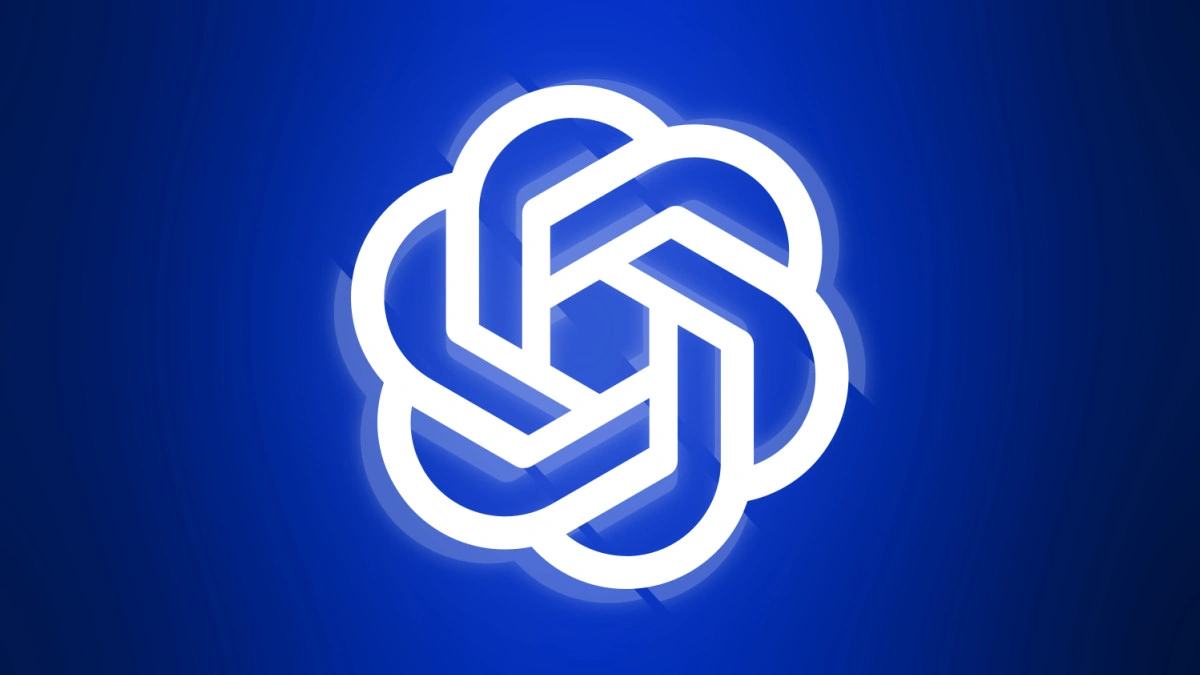OpenAI . You’ve heard the name. It’s buzzing everywhere, from tech blogs to casual conversations. But let’s be honest, the real question isn’t what OpenAI is (a research and deployment company focused on artificial intelligence), but why it matters to you, the average person navigating this increasingly digital world. What fascinates me is how it’s reshaping industries and even impacting our daily lives in ways we might not even realize. This isn’t just about robots taking over; it’s about fundamentally changing how we interact with technology.
Decoding the OpenAI Mission: More Than Just AI

OpenAI ‘s mission statement to ensure that artificial general intelligence (AGI) benefits all of humanity might sound lofty, even a bit utopian. But here’s the thing: it’s grounded in a very real concern. The power of AI is immense, and like any powerful tool, it can be used for good or ill. OpenAI aims to steer that development toward the former. Think of it as an attempt to democratize access to powerful AI tools and technologies, ensuring they’re not solely controlled by a handful of corporations or governments.
But what does that actually mean in practice? It means developing and releasing AI models like GPT-4, DALL-E 2, and ChatGPT, making them accessible (often through APIs) to developers, researchers, and even individual users. According to the official OpenAI website, their focus is on “long-term safety and ensuring AI benefits everyone.” It’s a bold statement, especially considering the potential risks involved.
ChatGPT and Beyond: How OpenAI Impacts Your Life
Let’s talk specifics. You’ve probably heard of ChatGPT . It’s that AI chatbot that can generate text, translate languages, write different kinds of creative content, and answer your questions in an informative way. What makes it special? Its ability to understand context and generate human-like text. A common mistake I see people make is thinking it’s just a fancy search engine. It’s far more than that.
It’s a tool that can assist with writing, research, brainstorming, and even learning new skills.
And it’s not just ChatGPT . DALL-E 2 can create realistic images and art from a description in natural language. Imagine being able to visualize anything you can dream up, simply by typing a few words. This has huge implications for creative industries, marketing, and even education. These models, along with others are changing how we interact with machines, creating new possibilities and transforming traditional workflows.
Navigating the Ethical Landscape: The OpenAI Challenges
Here’s the thing: with great power comes great responsibility. OpenAI faces a constant barrage of ethical challenges. Concerns about bias in AI models, the potential for misuse, and the impact on employment are all very real. Let me rephrase that for clarity: building extremely powerful AI requires constant vigilance and a commitment to addressing these issues head-on. As per the guidelines mentioned in their safety policies, OpenAI is actively researching and implementing techniques to mitigate these risks, including red teaming (testing AI systems for vulnerabilities) and ongoing monitoring of model behavior.
But it’s more than just technical solutions. It’s about creating a transparent and accountable framework for AI development, involving researchers, policymakers, and the public in the conversation. This includes addressing issues like misinformation, deepfakes, and the potential for AI to be used for malicious purposes. The stakes are high, and the path forward isn’t always clear. That moment of panic when you realize how fast things are changing? We’ve all been there. Let’s walk through this together, step-by-step, so you can get back to focusing on what really matters: understanding the implications.
The Future is Now: Embracing the OpenAI Revolution
OpenAI is more than just a company; it’s a catalyst for change. It’s driving innovation across industries, forcing us to rethink how we work, learn, and interact with the world. I initially thought this was straightforward, but then I realized the scope of change is profound. The shift is happening in many fields. For example, you can see the impact of AI on the Alphabet Stock Price . And it’s not just about tech giants. Small businesses, artists, and educators are all finding creative ways to leverage OpenAI ‘s tools. It is crucial to understand the Fuel behind innovation to move forward.
The key is to embrace this change with a critical and informed mindset. Understand the potential benefits, but also be aware of the risks. Engage in the conversation, ask questions, and demand accountability. The future of AI is not predetermined; it’s being shaped by the choices we make today. And OpenAI , for better or worse, is playing a central role in that shaping process.
FAQ: Your Burning OpenAI Questions Answered
Frequently Asked Questions
What exactly is OpenAI?
It’s an AI research and deployment company aiming to ensure AI benefits humanity.
Can I use ChatGPT for free?
Yes, ChatGPT offers a free tier, but there’s also a paid subscription for more features.
Is OpenAI open source?
No, it is not an open source software. Although some of its models and research are publicly available, OpenAI itself is not.
What are the potential risks of OpenAI‘s technology?
Concerns include bias, misuse, and job displacement.
How is OpenAI addressing ethical concerns?
Through research, monitoring, and collaboration with stakeholders.
Will AI replace humans?
It’s unlikely to replace humans entirely, but it will transform many jobs and industries.
Ultimately, OpenAI ‘s journey is a mirror reflecting our own anxieties and aspirations about the future of technology. The choices they make, and the choices we make in response, will determine whether AI becomes a force for progress or peril. It’s a conversation worth having, and a future worth shaping.




